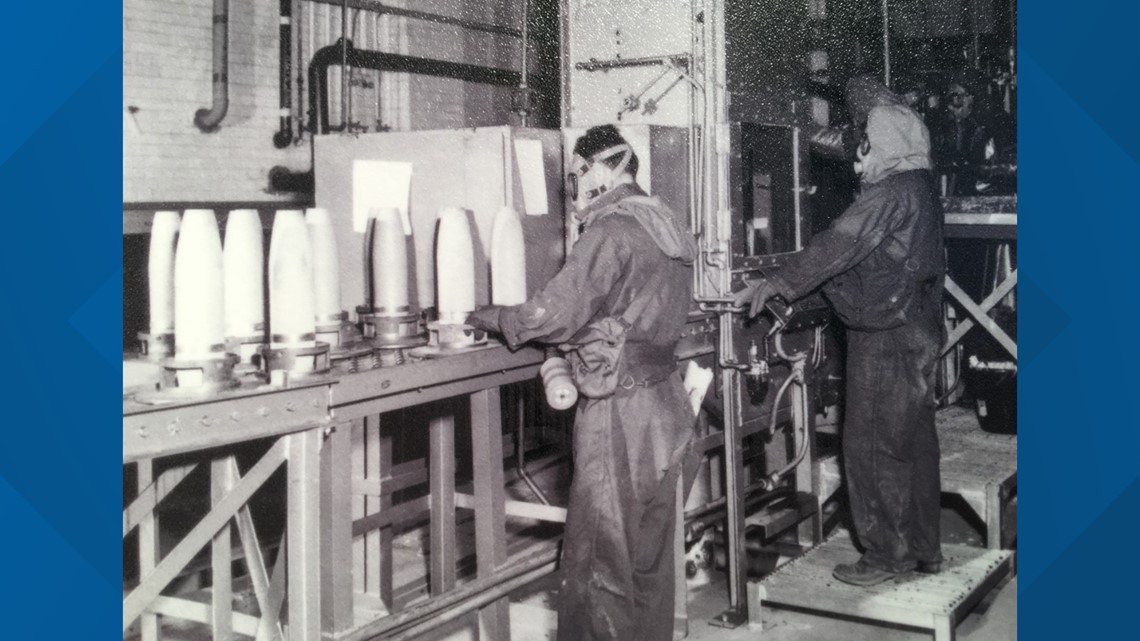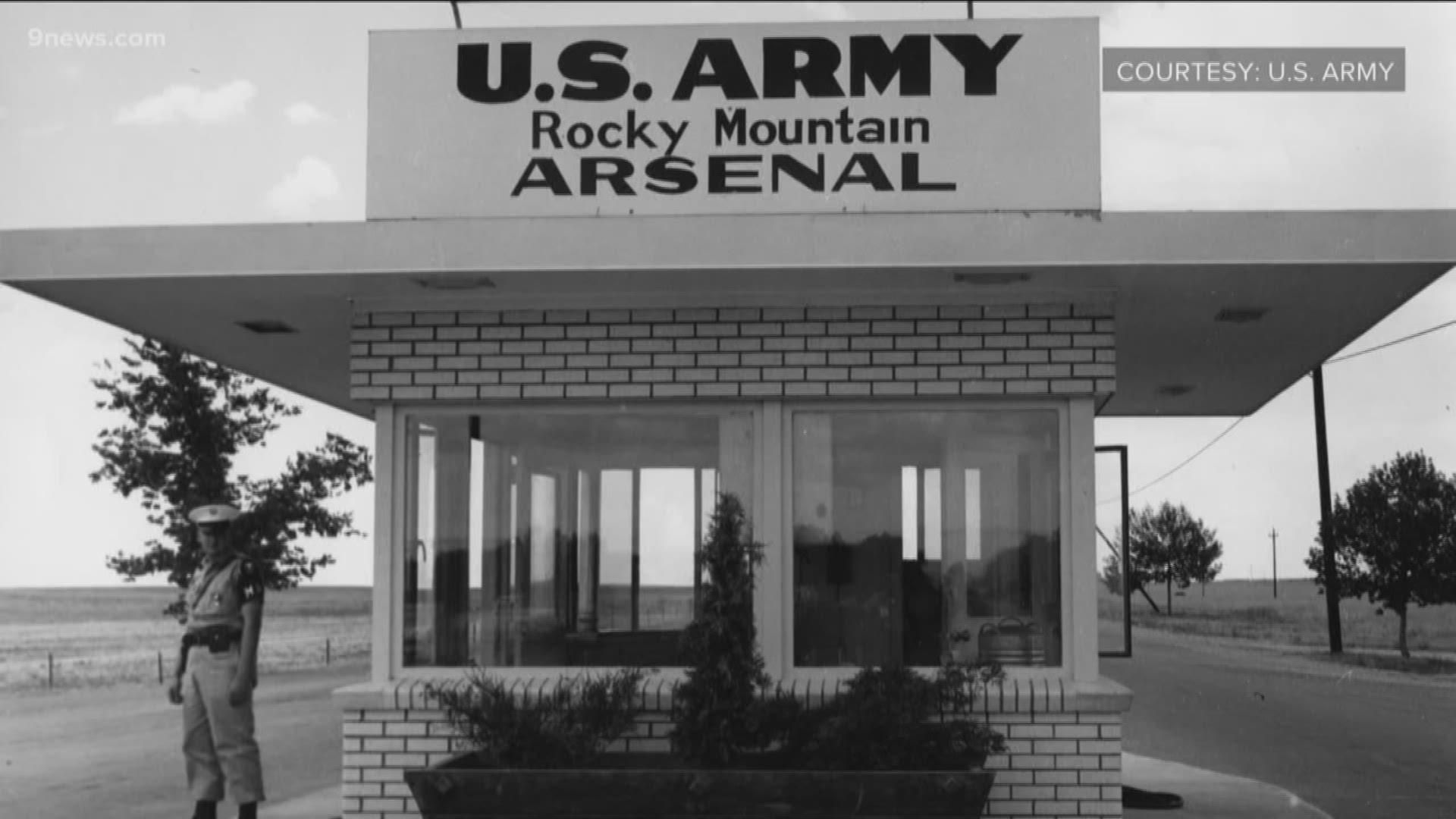COMMERCE CITY, Colo. — There's a place about 10 miles northeast of Denver where hundreds of species of wild animals thrive without fear of losing their habitat to the plow or pavement.
The Rocky Mountain Arsenal National Wildlife Refuge (RMANWR) is comprised of more than 15,000 acres of land preserved from the metro area’s sprawling growth. Although tract housing abuts edges of the refuge, a few miles down its meandering trails, the stresses of city life melt away.
About 6,000 acres of the refuge are designated for bison to roam free from human harassment. Prairie dogs scamper through tall grass. Bald eagles nest in cottonwood trees, waterfowl rest in lakes and burrowing owls find protection underground.
For many visitors, birdwatching is a big draw to RMANWS. According to supervisory refuge ranger Cindy Souders, about 273 species of birds have been spotted living or migrating within its perimeter.
RELATED: 9Adventures: The coke ovens in this southern Colorado town showcase its rich mining history
“Some people call it more of a treasure hunt because you’re looking for different species, and some species are very rare,” said Karl Brummert, Denver Audubon executive director. Denver Audubon is a birdwatching and wildlife preservation group that provides science education programs.
“You have ponds, you have these forests, you have open fields, so you get a lot of variety of birds here," Brummert added.


The animals living in the refuge have found an unlikely haven on the Front Range due to the land’s complex history of military activity.
In 1942, the U.S. Army bought nearly 20,000 acres from homesteaders to create a chemical weapons manufacturing facility. The plant was known for its development of napalm and sarin. Parts of the arsenal were leased to Shell Oil Company to be used for pesticide manufacturing after the end of World War II.
The arsenal was scrutinized for its contamination of the soil and groundwater by toxic waste inadequately disposed of in evaporation pools. Production of chemical weapons stopped in 1982.


The arsenal became the site of a multi-billion dollar cleanup effort after being designated as a Superfund site. The area’s future was debated after the contamination came to light, but the discovery of roosting bald eagles eventually solidified its future as an animal refuge.
In 1992, Congress voted to make vast portions of the former arsenal an official national wildlife refuge. Cleanup of the site continued until 2011.
The refuge has grown in popularity in recent years. Souders said 10 years ago, about 15,000-20,000 people would come to the refuge annually. This year she expects visitation to be around 450,000 people. But that doesn’t mean you can’t find peaceful seclusion amid the 10 miles of developed hiking trails.
“It’s an urban oasis in my opinion,” said Master Birder Michelle Robbins as she led a group of about 20 birders through the refuge. “It’s one of my favorite places in Denver to go birding.”
Many pieces of the former arsenal facility and evaporation ponds have either been demolished or buried, with those areas remaining off limits to the public and under the continued control of the military. But the majority of the land, managed by the U.S. Fish and Wildlife Service, continues to balance the ability of animals to live in their habitat, alongside limited recreation opportunities of city dwellers looking for a nearby retreat.
In respect of preserving the area as a stress-free zone for animals to thrive, biking or running is currently not allowed at the Rocky Mountain Arsenal National Wildlife Refuge, but leisurely walks through rustling prairie and grassland is more than welcome.
SUGGESTED VIDEOS | Colorado Guide

